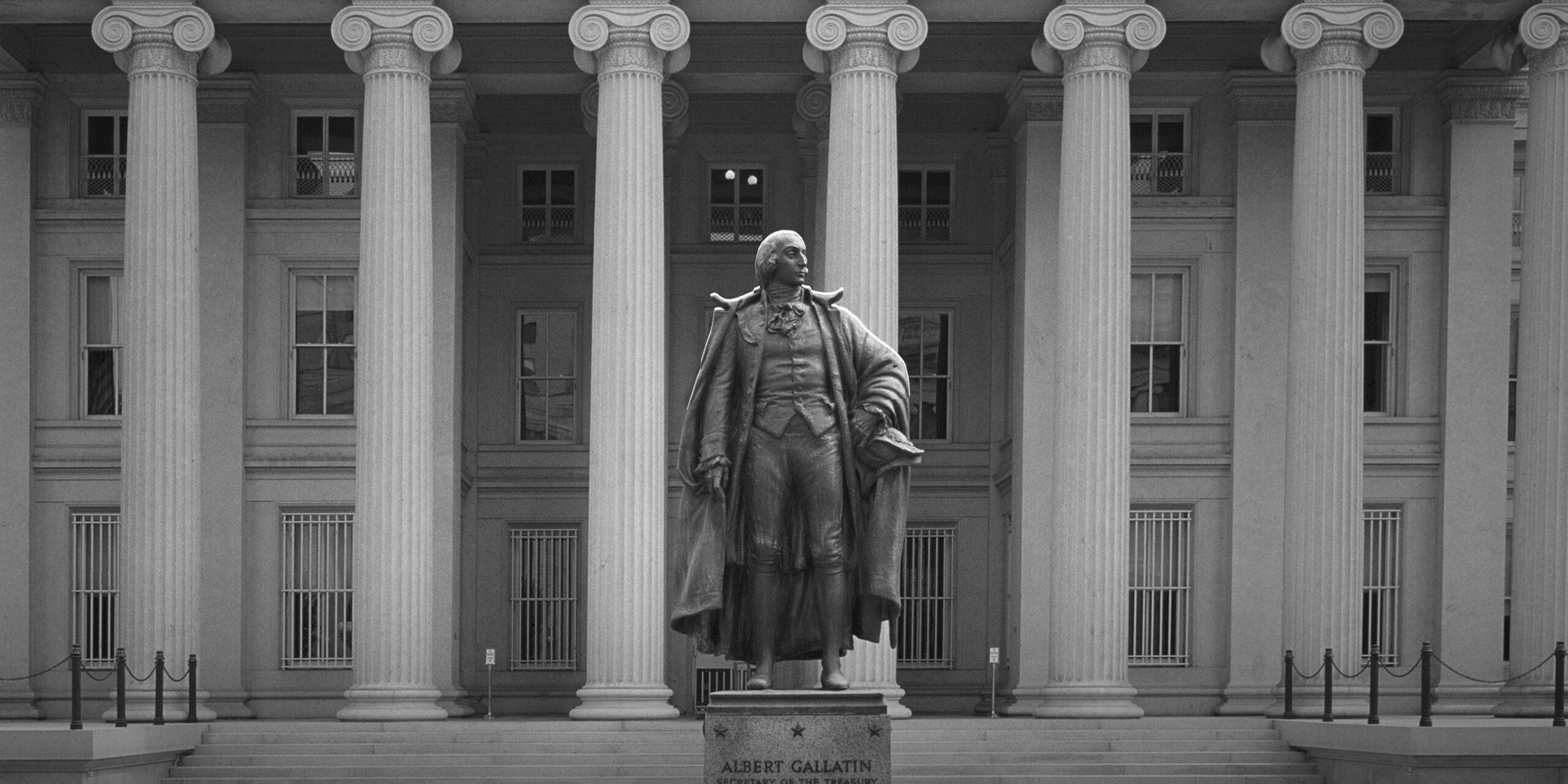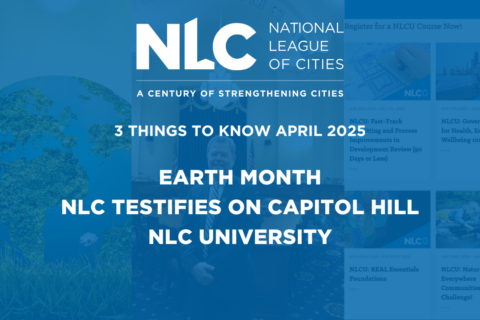On January 29, 2021, J.P. Morgan issued a note asserting that the state revenue picture is better than predicted with “21 of 47 states showing YoY growth in tax receipts.” This statement may lead many to believe that the fiscal health of state and local governments is better than expected. However, although state and local relief have been grouped together in terms of a Federal recovery bill, states and cities have different revenue streams, muddying the picture of the true impact of the pandemic at the local level.
Varying Revenue Structures
At best, states’ fiscal conditions are mixed, depending largely on their fiscal structure and economic base. States rely heavily on revenue from individual income taxes from capital gains (as well as sales taxes). Municipal revenue streams are more significantly tied to property taxes, sales taxes and fees for services. This means that high wage earners and the ups and downs of Wall Street drive state revenues, whereas Main Street businesses, local housing markets and low to middle income workers and consumers more heavily influence local revenue streams.
Dan White and his colleagues at Moody’s Analytics recently noted, “Most of the jobs still missing from the recovery are in low-wage industries, while most tax revenue is paid by folks at the higher end of the income distribution. What has been referred to as a “K-shaped” recovery has protected [state] tax revenues from thus far seeing the full magnitude of declines that would have been expected under a normal recession.”
For example, Californians made a record $185 billion in capital gains income resulting in $18.5 billion in tax revenue. This helped the state accumulate a one-time surplus in 2020. That surplus, however, does not necessarily trickle down to local governments in the state, which as of December, shed over 35,000 jobs since the start of the pandemic. Additionally, in Wisconsin, an increase in corporate tax collection will produce a $1.2 billion surplus at the end of the state’s 2019-2021 budget cycle. Meanwhile, there have been 6500 local government jobs lost since the beginning of the pandemic. Better than expected state-level revenue is not indicative of fiscal growth at the local level.
More than 98% of cities did not receive direct federal assistance and many waited months for funds to be distributed from the county or state government.
Local Impacts
Municipalities are facing a much more dire situation. They are confronting a massive FY20-21 revenue shortfall of $90 billion, which represents a steeper revenue decline than any recession in recent history, including the Great Recession. For those with year over year losses, the average revenue decline is estimated at 21%, with expenditures increasing 17%. Nearly one out of every four jobs lost in December was a local government job.
In addition to expenditures outpacing revenues, leaving significant budget gaps that cities are required to close, the various types of revenues that cities collect respond differently to what is happening in the economy. Although losses are evident across the board, the impact of COVID-19 on FY2020 budgets demonstrates the immediate responsiveness of revenue sources like sales and income taxes.
Property tax revenues, the largest source of revenues for most cities, on the other hand, took less of a hit in FY2020, but are estimated to contribute substantially to city fiscal challenges for FY21. That is because many cities are now starting to feel the blow to their budgets, as property tax revenues finally catch up with economic realities. Property tax revenues take longer to respond to economic conditions due to property assessment and collection practices.
Cities have reason to worry. In addition to residents struggling to pay property taxes, “projections suggest that property values for apartments, offices and retail real estate won’t find their bottom until the middle of next year. Worse, the rebound to pre-Covid levels could take until 2022 or beyond.”
For example, Santa Fe, New Mexico is projecting a $100 million budget shortfall for FY21, after experiencing a $46 million shortfall in FY20. Cincinnati, Ohio is projecting a budget deficit of over $90 million for FY21 after having experienced a $15 million shortfall in FY20. Madison, Wisconsin experienced a $15.5 million shortfall in FY20 and is projecting a $16.5 million budget shortfall for FY21. From Portland, Maine to Yuma, Arizona, many cities are feeling the hit more significantly in 2021 than in 2020.
Federal Response
Fiscal structure is not the only difference between the budget picture for states and localities. Unlike state governments, more than 98% of cities did not receive direct federal assistance and many waited months for funds to be distributed from the county or state government. In Union City, Georgia, Mayor Vince Williams had to threaten to sue the county because it was not distributing funds to the city. While the county received direct allocation from the CARES Act as a result of Union City’s population, the county was slow to share it with its cities and towns.
Additionally, according to a recent NLC survey, 30% of cities, towns and villages did not receive any money from the CARES Act, either directly or indirectly. Without assistance from the federal government, critical services that municipalities provide to residents have been and will continue to be curtailed, city employees will be furloughed or laid off and capital projects will continue to be delayed and canceled.
The Federal Reserve warned on January 27, 2021 that the economy is weakening. “The pace of the recovery in economic activity and employment has moderated in recent months, with weakness concentrated in the sectors most adversely affected by the pandemic,” a statement from the Federal Open Market Committee said.
Local governments are one of those sectors, with municipalities expending additional funds for unbudgeted expenses to keep residents safe and businesses open. Congress may be tempted to ignore the plight of cities because of perceived fiscal stability at the state level. But they do so at a risk. Without direct federal support, cities will add to the economic drag and uncertainty facing Main Street, the middle class and everyday life for people across the country.
We Need Your Voice
Right now, direct state and local aid is included in the bill that Congressional Democrats are moving through reconciliation. The House Committee on Oversight and Reform has asked local leaders for help to make the strongest case possible. Send a letter to your Member of Congress now!











